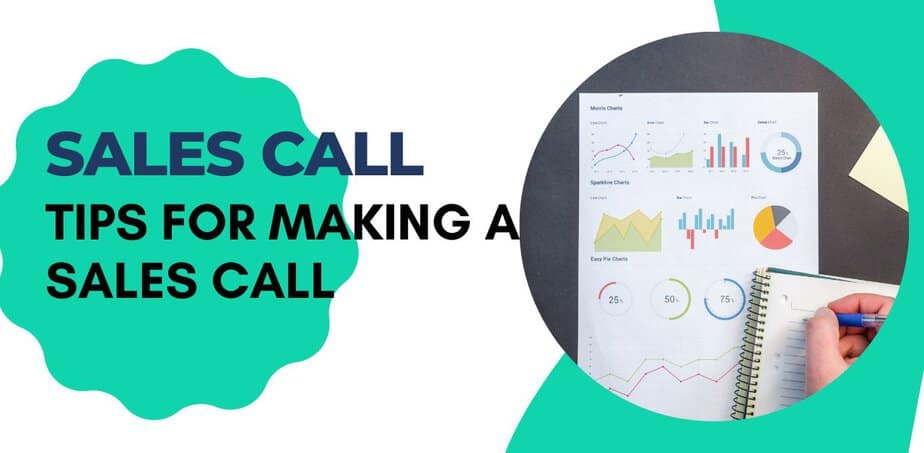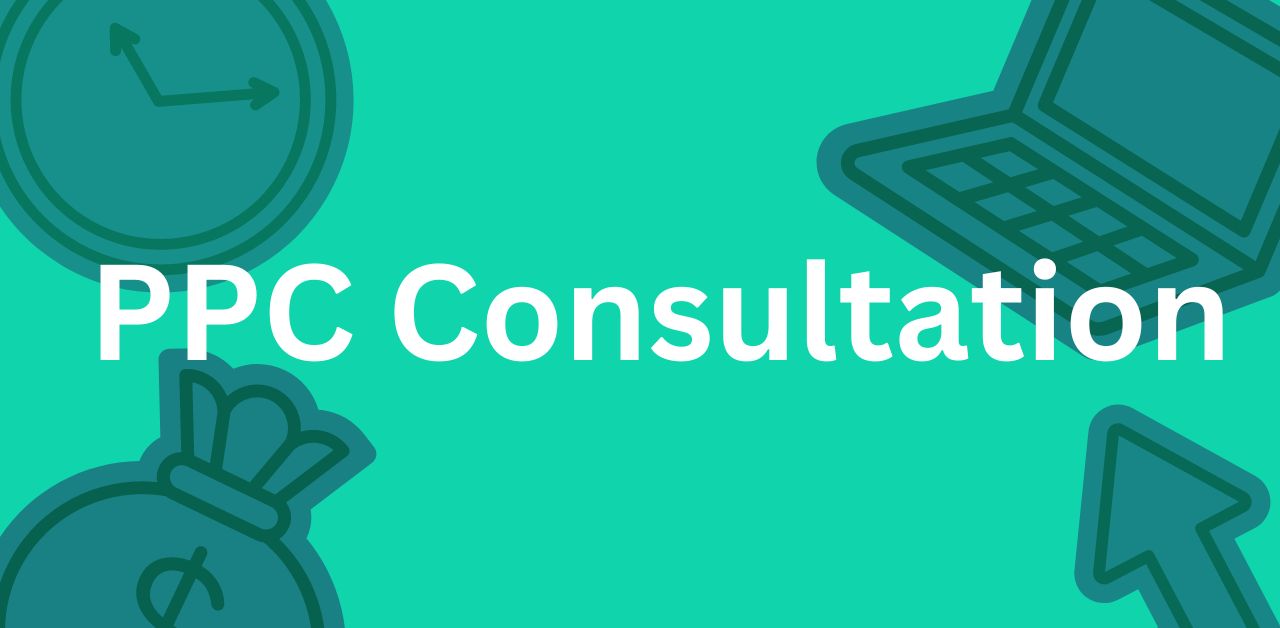Sales calls are the second-most time-consuming activity for salespeople, according to the Sales Benchmarker. Sales calls are an essential part of any sales process—but they can be challenging in a new territory or with a new customer.
There is no single perfect way to make a sales call, but there are some general principles that can help you structure your next one effectively. Read on to learn more about what a sales call is and how you can improve yours.
What is a Sales Call?
A sales call is a meeting between a potential buyer and a salesperson. The purpose of the sales call is to build relationships, learn about the potential buyer’s needs, and ultimately, sell a product or service. Sales calls can be conducted in person, over the phone, or even via video conference. In order to be successful, salespeople must be prepared and have a good understanding of the product or service they are selling. They must also be able to build rapport with the potential buyer and create a trusting relationship.
Types of Sales Calls
There are three main types of sales calls: cold calls, warm calls, and hot calls. Cold calls are when you contact a potential customer who has no prior relationship with your company. These calls can be challenging, as you have to try to build rapport from scratch. Warm calls are when you contact a potential customer who has some prior relationship with your company.
This could be someone who has visited your website or subscribed to your newsletter. These calls are less challenging than cold calls, as you already have some rapport to build on. Hot calls are when you contact a potential customer who has a strong relationship with your company. This could be someone who has already purchased from you or who has been highly engaged with your brand. These calls are the easiest, as you already have a strong relationship to build on.
Top 10 Tips for Making a Sales Calls: What to Do and What to Avoid
Sales calls are the most challenging part of the sales process. They require a lot of preparation, skill, and persistence. Even the most experienced sales reps dread making calls—it is one of the most difficult tasks for any salesperson. It’s easy to get flustered, say the wrong thing, or make it obvious that you’re selling something. The trick is to keep your cool while demonstrating your knowledge of the product and its benefits. If you’re not naturally an outgoing person, that’s okay! These top 10 tips for making a sales call will help you succeed regardless of how much you like talking to new people.
Research is the key to making a successful sales call
The more you know about your prospect’s business, the easier it will be to make a sales call. Research is your guide to understanding prospects’ pains, problems, company culture, and language. This will help you feel less pressured when making a sales call. You won’t feel as nervous because you’ll be able to contribute to the conversation instead of being anxious about what to say next. Before you pick up the phone, learn as much as you can about the prospect’s business. Check out the company’s website, search for the organization on social media, and read news articles about the industry. If possible, try to connect with the decision-maker at the company. Finding ways to build rapport will make the sales call much easier. Find out as much as you can about the prospect’s business. Check out the company’s website, search for the organization on social media, and read news articles about the industry.
Don’t rush the sales meeting
When a prospect agrees to meet with you, it’s a huge win. Don’t rush your sales call before the prospect is ready to listen. You should always be respectful of other people’s time. Don’t show up early, and don’t rush your prospect. Instead, be polite, mindful of the prospect’s time, and take your time making the sales call. When on a sales calls, make sure you have everything you need for the meeting. Bring a pen and paper for any notes you want to take. Bring samples of your product or information to share with the prospect. Bringing samples or other information is a great way to create a more personal connection with the prospect. You can ask permission to put these items on the table or on the desk.
Prepare your elevator pitch
An elevator pitch is a short summary of your product or service. It should be a couple of sentences long. Try to make it short, snappy, and memorable. If a prospect asks you what you do for a living, you should be able to summarize your business in 30 seconds or less. This will not only help you remember what you are selling, but it will also help you sell your product. When you are comfortable with what you’re talking about, it shows confidence. Your elevator pitch will also help you decide what you need to cover in the sales meeting. You will have started the conversation with the prospect before they can ask you any questions that you can’t answer. This will help make the sales call more relaxed and enjoyable for both parties.
Be polite and respectful
Always be polite and respectful in your sales call. This should go without saying, but it is important to remember. A prospect will likely be much more likely to buy from you if they like you—and they will like you more if you’re polite and respectful. This is both an ethical and a practical decision. If you are rude or disrespectful to your prospect in any way, it will damage your company’s reputation. You will also make it more difficult for your prospect to trust you. Prospects will be more likely to buy your product if they trust you. This is why it’s so important to show them respect and courtesy. It’s also important to remember that the sales call is not a one-sided conversation. You want to make sure you listen to what your prospect is saying and ask questions to show that you are truly interested in the prospect’s business. You will make your prospect feel more comfortable, and they will be more likely to buy from you.
Ask questions—a lot of them
Asking questions is an effective way to learn more about your prospect’s business and to show your prospect that you are engaged in the conversation. When you ask questions, it shows that you are interested in the prospect’s success. grow your sales. You will also build trust and rapport with the prospect more quickly if you ask questions. This will put both parties at ease, making the sales call much more enjoyable and productive. You can ask general questions about the prospect’s industry or you can ask about the prospect’s specific pain points and how they are currently addressing them. Ask about the prospect’s timeline for making a decision.
Don’t sell too quickly
It can be difficult to know when to start talking about your product or service. Before you launch into a sales pitch, try to establish rapport with your prospect by asking questions and listening to their responses. When the time is right, you will know it. There will likely be a natural pause in the conversation and you will have an opportunity to say something like, “I’ve been researching your business and would like to know how I can help you with X problem.” It is important to remember that you should not be making a sales pitch before the prospect has asked you about your product. When you start talking about your product before the prospect is ready to listen, you risk coming across as pushy. This is the fastest way to turn a prospect off.
Be confident, not arrogant
Don’t be cocky, even if you’re really good at your job. Confident salespeople are much more appealing than arrogant salespeople. Confidence shows that you know what you’re talking about and have done your research. Arrogance makes you come across as cocky, and it makes the prospect feel uncomfortable. Be confident but not arrogant. Try not to interrupt your prospect when they are talking. This shows that you’re interested in what they have to say and gives the impression that you are a good listener.
Don’t forget about the buyer’s journey and the value you bring
At some point in your sales call, someone will interrupt you with the question, “So what do you do, and how much is it going to cost me?” You should be prepared for this question and you should be prepared to give a quick, confident answer. You should be familiar with the sales process and know that the first step in the sales process is educating the prospect about the problem you can help them with. You should also know about the different sales stages and how each one works. As you are talking to the prospect, you should be thinking about how you can demonstrate your product’s value. Remember, the prospect doesn’t know you or your product like you do. It’s up to you to demonstrate how your product can help the prospect overcome their pain points.
Wrapping up
Now that your sales call has reached its conclusion, it’s time to wrap up the call. Before you go, make sure you have answered any questions the prospect may have, and that you have given them any information you promised to provide. Be sure to ask if the prospect would like to talk to anyone else at your company about your product or service. You should also ask if there is anything you can do to help the prospect in the future. Don’t forget to ask for the sale. Your opportunity may feel like you’ve forgotten they are the ones who are buying your product or service. This is a common mistake that many salespeople make. Make sure you ask for the sale at the end of your sales call.








